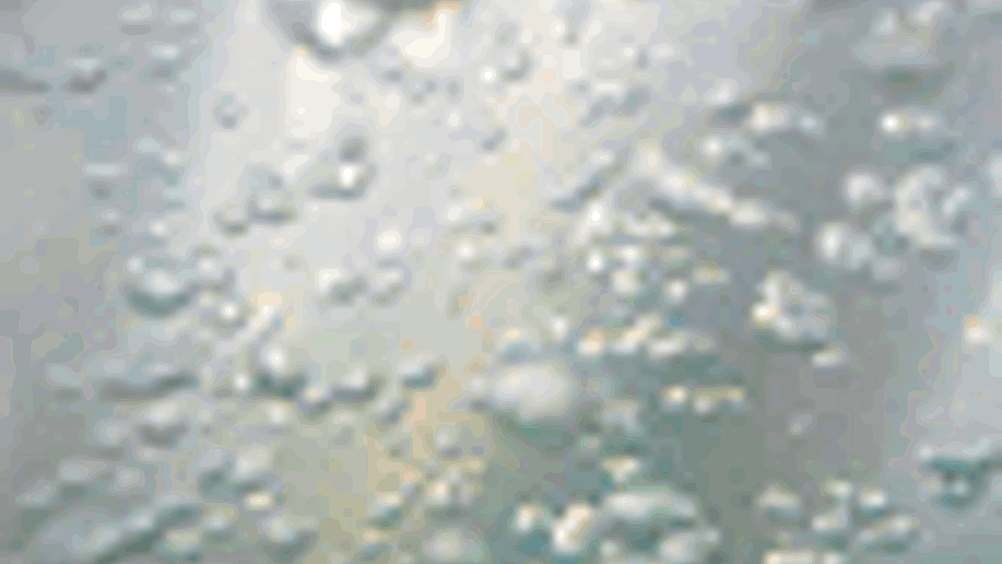Nanocapsules bubble up

Japanese researchers have developed a technique for the production of silicon dioxide nanocapsules using tiny bubbles of carbon dioxide in a silicon copolymer.
Nanocapsules have very thin shells and diameters in the nanometre range. They hold a tiny volume of liquid and protect their cargo while transporting it through a foreign medium, such as in a human blood vessel, without any loss. Applications for nanocapsules include the delivery of medication and the encapsulation of scents, printer ink, and adhesives. Once at their destinations, the payloads are released by pressure or friction.
Lei Li and Hideaki Yokoyama, from
Register now to continue reading
Thanks for visiting The Engineer. You’ve now reached your monthly limit of news stories. Register for free to unlock unlimited access to all of our news coverage, as well as premium content including opinion, in-depth features and special reports.
Benefits of registering
-
In-depth insights and coverage of key emerging trends
-
Unrestricted access to special reports throughout the year
-
Daily technology news delivered straight to your inbox










Water Sector Talent Exodus Could Cripple The Sector
Maybe if things are essential for the running of a country and we want to pay a fair price we should be running these utilities on a not for profit...